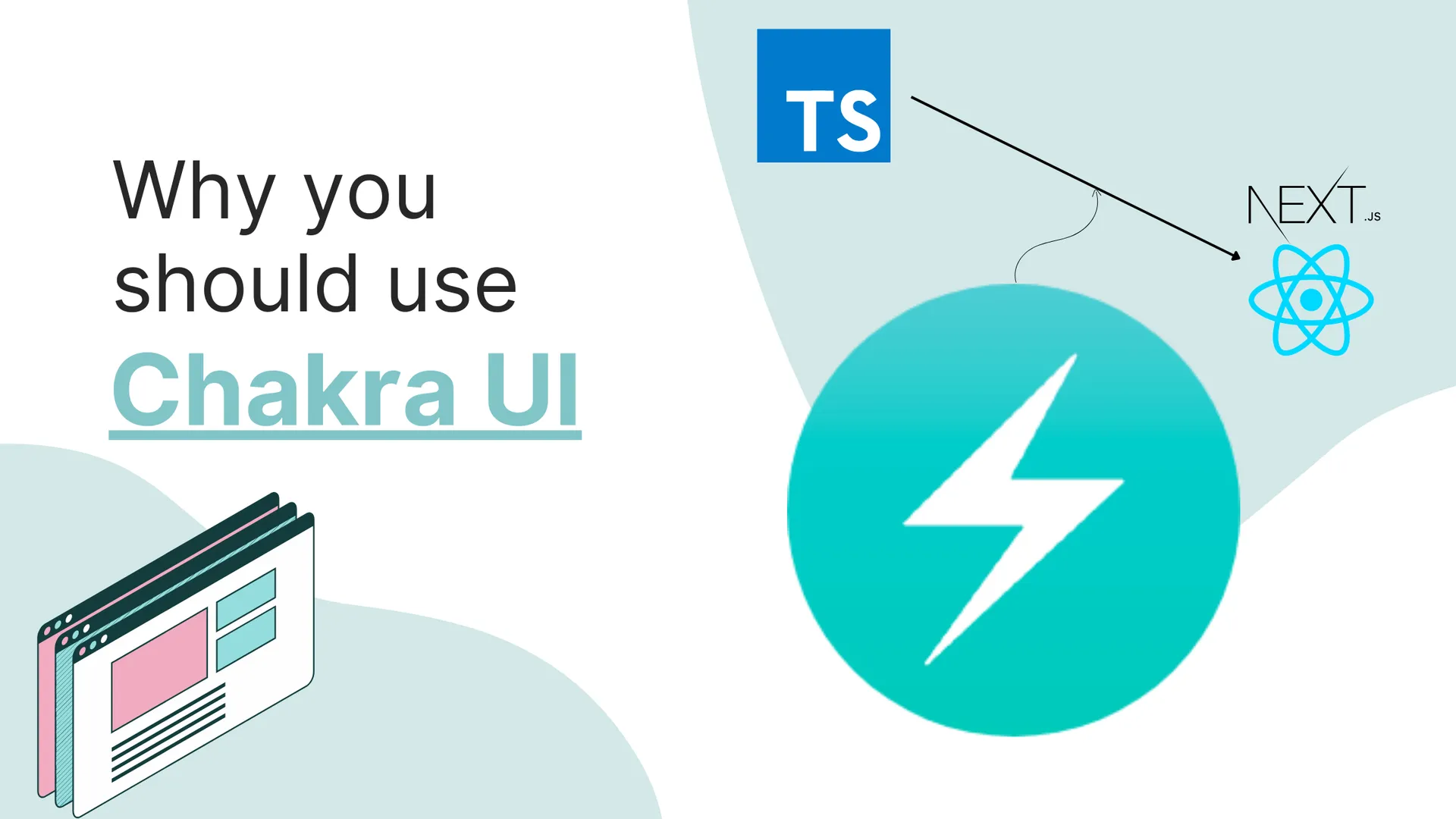The phrases ‘User Interface’ (UI) and ‘User Experience’ (UX) are frequently used in tech-related settings. But what does a UX or UI design mean, and what is its impact on your web app or website?
When using a website, app, or electronic device, you interact with screens, buttons, toggles, icons, and other visual elements, referred to as user interfaces (UI).
UX describes your overall experience using a product, including your feelings during that experience. Although UI can undoubtedly influence UX, the two are separate.
In this article, we will examine the similarities and differences between UI and UX and their role in making a digital product worth its price.
So, without further ado, let us get into the details.
What is UX design?
The user’s experience when interacting with a product or service is called the user experience (UX).
UX design is a process that involves many various aspects of product development, such as branding, usability, function, and design, to create services that deliver meaningful user experiences.
Consider the entire procedure or journey a user goes through while interacting with a product or service as one method to approach user experience design.
Whether through blogs, advertisements, or another method, how is the service or product introduced to the user? In what ways does the user interact with the brand?
After the interaction, how does the user feel? Critical factors in UX design include all of these and more inquiries.
The main objective of a UX designer is for every user to interact positively with a good or service and to achieve that UX designers overcome numerous UX design challenges.
The user should feel satisfied with the engagement, whether it gives pleasure, a solution to an issue, or assistance in locating important information.
What is UI design?
Contrarily, UI design relates to the actual user interfaces that users interact with. Interactive elements such as sliders, text, photos, buttons, or widgets are used in the UI designs.
UI designers ensure that each visual component, transition, and animation used in a product or service lays the groundwork for a smooth, satisfying experience.
Key Differences Between UI and UX Design
Although UX and UI reflect different aspects of a product’s or service’s design, UI and UX sometimes must be clarified since they both collaborate closely. The two roles share some significant distinctions to consider.
Some of their most prominent differences include:
1. Look versus Feel
Product development involves both UI and UX design, which have different but connected functions. A product’s appearance, namely the interactive and visual features that enhance the user experience, is a component of UI design.
On the other hand, UX design is concerned with the overall look, feel and aesthetics of a product or service and the elements that help consumers have a valuable, pertinent experience.
2. Prototyping versus Design
Although they work on the same project, UX and UI designers have different roles and goals.
X designers usually build wireframes and test prototypes that form the basis of a website’s or service’s user flow. While UI designers create products and designs that stimulate user engagement.
3. In-depth versus High-level
The level of detail that goes into each designer’s work is another distinction between UI and UX designers. UI designers work on individual pages, buttons, and interactions to ensure their functionality and polish.
UX designers ensure that the overall user flow of a website, service, or app is wholly realised and consistent by taking a higher-level perspective on a product or service.
What is the Connection Between UI and UX?
The UI designer would develop the steering wheel, dashboard, and any controls in the driver’s seat if we were to simulate the app development process as creating a car.
The UX designer would also ensure that the customer has a beautiful and seamless driving experience from beginning to end. As you can see from that illustration, the UX aspect considers all product or service elements, not just the digital assets.
Let us take a look at a running shoe-selling app. The moment you click it, the software looks fantastic. The animation and vibrant colours are abundant, and the buttons resemble tiny sneakers. Great! What a lovely user interface!
However, the shopping cart is useless; it cannot calculate shipping costs or sales taxes; the website must send out confirmations of purchases or shipment estimates; and the item takes an eternity to arrive. That user experience could be better.
Therefore, even if you have the most appealing and engaging landing page, it will only matter if your website functions correctly.
On the other hand, you might have a better product with a quick shipment, simple access to customer care, and frequently asked questions.
However, the user is still forced to endure poor visuals and annoying sound effects. That won’t help you attract clients.
Combining UI and UX Designs: The Process
The entire process of designing a site or application for usability involves UX and UI, even if their roles differ.
Together, these fields of work contribute in a complimentary way to an enjoyable, straightforward user experience.
A website or application’s UI design (i.e., the technical, aesthetically pleasing framework) serves as the foundation for the UX elements, such as the messaging and feel that clients experience.
As a result, the total product or service benefits, and users are left with a lasting impression. Each professional’s efforts inform those of its counterpart.
Why is it Crucial to Understand Both UX and UI?
The complementary functions that UI and UX design play in web development make them naturally related.
Professionals in either subject can contribute to a more transparent, integrated design process that results in a better, more usable final product by having a working knowledge of both concepts.
Those who want to boost their employment prospects in various design-based positions can also benefit from such versatility.
Mainly, there is a huge demand for UX design expertise worldwide. The UX Design Institute reported that in 2021, 70% of managers expanded their design teams.
Those wishing to take advantage of this increasing need can benefit from having a solid understanding of both UI and UX design.
The Impact of UI and UX design on a Website
Layout, images, and user interactions are all tailored to the user’s needs and preferences when a website is designed with a user-centred approach. Here is where UI and UX are functional.
By putting the user needs first, websites may offer an intuitive and seamless experience, making it easier for visitors to find the information they need, complete their tasks, and reach their objectives quickly.
This user-centered method creates a positive perception of the brand, raises general user satisfaction, and encourages repurchasing.
Excellent UI and UX design significantly impacts user engagement and retention rates. A visually appealing and well-organised user interface draws users in, enticing them to explore and stay on the website longer.
Users are encouraged to return and stick with the site because of its streamlined and straightforward user interface.
The effectiveness of the UI and UX design in terms of user interactions and fulfilling their expectations ultimately determines the long-term viability of the website.
This enhances user retention, lowers bounce rates, and increases user engagement.
Conclusion
The UI and UX of a website have a significant impact on its usability. Using a user-centred design strategy, websites may build smooth, intuitive experiences that appeal to users’ wants and preferences.
A thoughtful UX design coupled with an aesthetically pleasing UI encourages user retention and boosts user engagement.
UI and UX-focused websites foster long-term user loyalty and favourable brand perceptions.
Ultimately, investing in UI and UX design is necessary to produce user-centred websites that leave a lasting impression on visitors, improve engagement, and guarantee the website’s ongoing success in the fiercely competitive digital market.







![9 Hand Picked FREE Heroku Alternative Hosting Platforms [2023] 9 Hand Picked FREE Heroku Alternative Hosting Platforms [2023]](https://ik.imagekit.io/genicsblog/tr:w-1920,h-1080,f-webp/https://github-production-user-asset-6210df.s3.amazonaws.com/46792249/248472961-50430fff-be12-42ad-b556-77827be62fc0.jpg)

